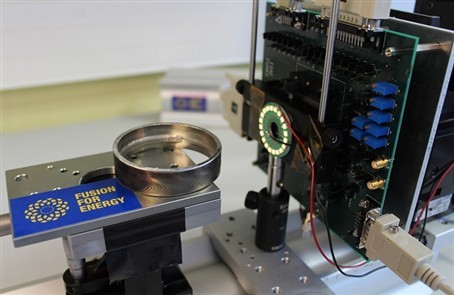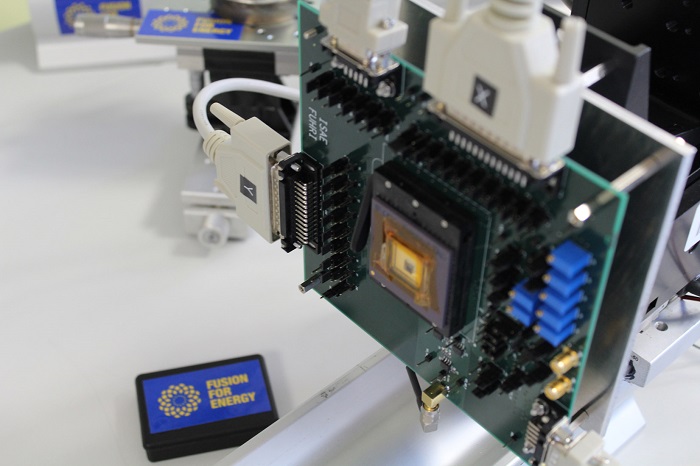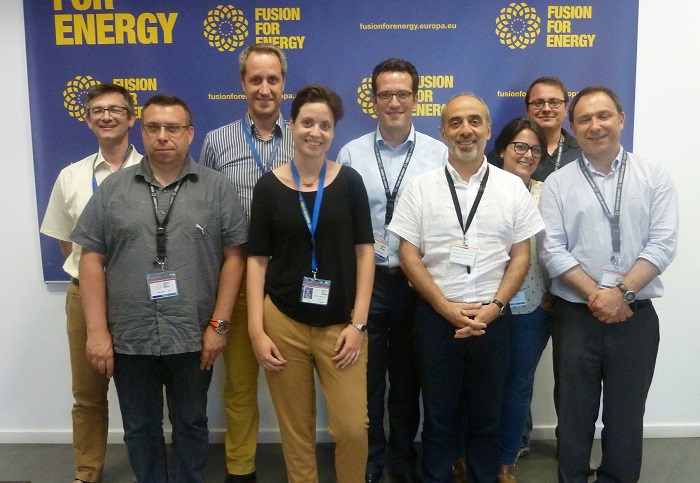Success for ITER camera tests


ITER will require several cycles of maintenance during its operation. For example, components will need to be replaced, pipes will have to be cut and welded, and the inner-vessel of the machine will be periodically inspected. In spite of the fact that it will be the biggest fusion device do not be fooled by its impressive size because space is limited. All equipment will be fitted in an optimal manner making it difficult to navigate in the machine. And the fact that some components will be exposed to radioactivity means that engineers will not be allowed to physically carry out any maintenance tasks in the machine. Therefore, a sophisticated system that will help them do repairs remotely is being developed and it counts at least 100 cameras. The conventional black and white tube cameras, widely used in fission reactors, are not an option for ITER because of the space restrictions. Instead, smaller digital cameras will be developed to be installed.
The tiny “eyes” will be scattered inside the machine giving either a wide angle of the vacuum vessel or a narrow angle of specific tooling systems by being embedded on the robotic arms performing repairs. Almost like a sci-fi movie, the engineers will operate with extreme precision receiving live images from the cameras. F4E in collaboration with Oxford Technology Limited (OTL) have developed different sub-system mock-ups by bringing onboard the expertise of ISAE, Toulouse, for the image sensors; CEA for the illumination system and the Jean Monnet University Saint Etienne for the optic system.

After having concluded the development and validation of these subsystems, experts have been testing their resistance in a nuclear facility for almost a year and the results have been extremely good. In Belgium’s SCK-CEN the equipment has been exposed successively to different levels of Gamma radiations (up to 1 megagray/ MGy) and after each irradiation step it has been analysed. Laura Mont Casellas, F4E Remote Handling, explains that “on the basis of the results we have received, our cameras can sustain the demanding ITER environment. This means that we are ready to start a new chapter in the project.” For Marco Van Uffelen, F4E Remote Handling, “this positive development brings us closer to a camera prototype which will constitute the precursor of the 100 cameras to follow. Currently, F4E is working together with OTL so as to identify potential candidates in this field to act as camera integrators and eventually develop the camera prototype
